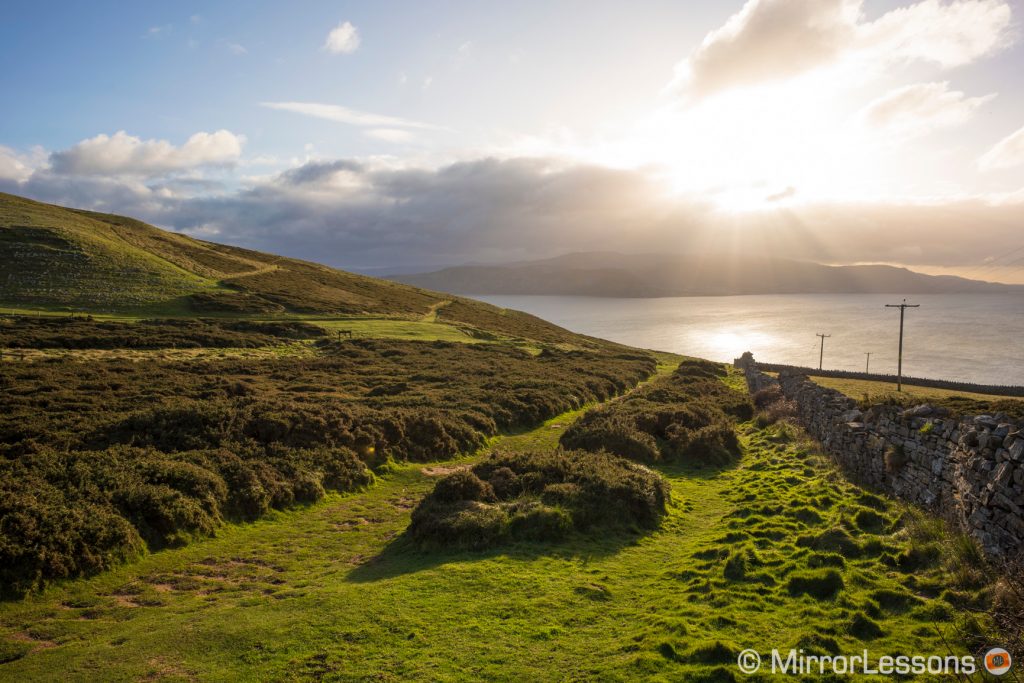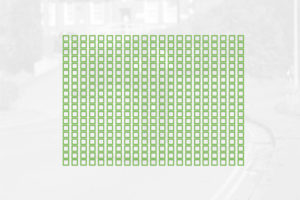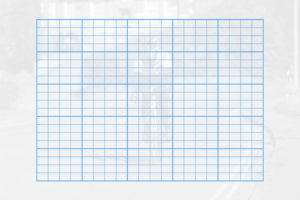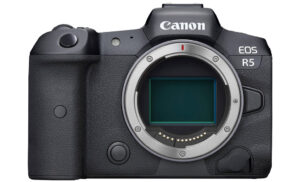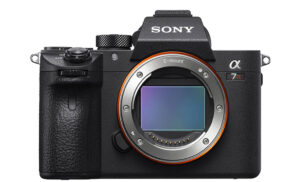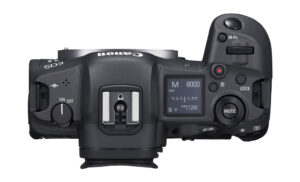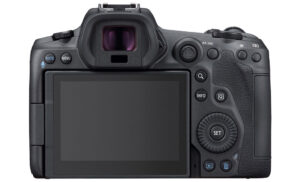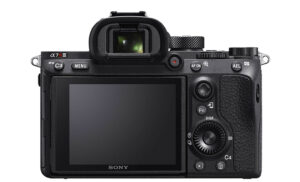The Canon EOS R5 is the flagship model in the RF full frame mirrorless range. It features a high resolution sensor, impressive video capabilities, a new autofocus system, class leading stabilisation and many other exciting specifications. It shows that Canon is now taking the mirrorless market very seriously.
When it comes to full frame mirrorless cameras with a high resolution sensor, there are various models that come to mind. One of the most popular is the A7R III. It is not the most recent among Sony cameras, but it is still alive and kicking. Let’s take a look at how it compares to the new EOS camera.
Canon EOS R5 and EOS R6 coverage:
EOS R5 vs EOS R6 – EOS R vs EOS R5 – EOS R vs EOS R6
EOS R6 vs A7 III – EOS R5 vs A7R III – EOS R5 vs A7R IV
EOS R5 vs Nikon Z7 – EOS R6 vs Nikon Z6
Ethics statement: the following is based on information found online for the EOS R5 and our personal experience with the A7R mark III. We were not asked to write anything about these products, nor were we provided with any kind of compensation. Within the article, there are affiliate links. If you buy something after clicking one of these links, we will receive a small commission. To know more about our ethics, you can visit our full disclosure page. Thank you!
1. Image sensor
The EOS R5 has a newly developed 45MP full frame sensor which gives you slightly more resolution than the 42.4MP full frame sensor of the A7R III.
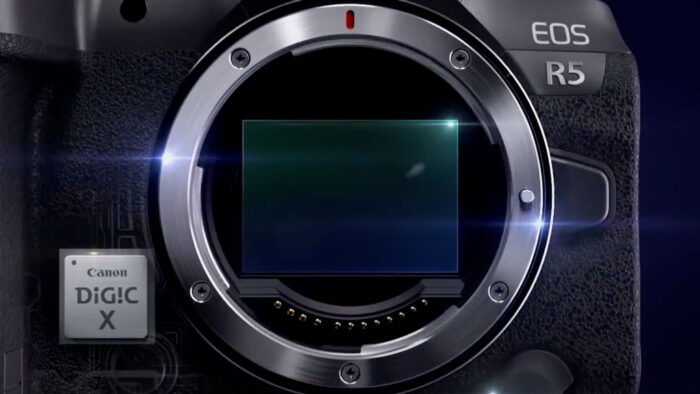
There is no optical low pass filter on the Sony to optimise sharpness and detail rendering, whereas the R5 has one. Furthermore, the A7R model uses a BSI sensor (back-illuminated) which collects more light than the conventional structure.

The Canon sensitivity range starts at 100 ISO and goes up to 51200 ISO. The extended pull/push values go down to ISO 50 equivalent or up to ISO 102400 equivalent.
The Sony has a normal range of 100 ISO to 32000 ISO and ISO 50 / 102400 equivalent as well.
The R5 features Canon’s latest image processor, the Digic X, whereas the Sony uses the BionzX engine plus an LSI chip to improve the processing speed.
We know the A7R III sensor very well because it is the same found on the A7R II. (The A7R III has a slightly revised version.) It was the best full frame sensor on the market when it came out in 2015, and is still among the very best today when it comes to sharpness and dynamic range.
Canon has struggled to match the performance of Sony sensors in recent years, but we’re curious to see how the new 45MP chip of the R5 will hold up. According to DPreview, it should have 1 extra stop of DR performance in comparison to the EOS R sensor (30MP). I know this doesn’t tell us much, but at the very least we should see an improvement within Canon’s products.
The EOS R5 can also record 10-bit HDR photos in the HEIF format with more dynamic range than traditional JPGs.
2. Phase Detection Autofocus
The two cameras use on-sensor phase detection autofocus points to guarantee faster and more accurate performance. The way each brand has implemented the technology is a bit different.
On the Sony, certain pairs of pixels on the image sensor are partially masked and used to calculate the phase difference and adjust focus (one pixel receives light from the left and the other from the right). These sensors are only used for autofocus purposes.
The A7R III has 399 phase detection points that cover 68% of the image sensor area. There are also 425 contrast detection points. The contrast points are used in Single AF mode (depending on the settings) or when there is not enough light for phase detection to work.
Canon on the other hand uses two photodiodes on every single pixel present on the sensor. When used together, all the photodiode pairs create the image. When used separately, the photodiodes evaluate the incoming light to help the camera analyse and acquire focus. Canon calls this technology Dual Pixel CMOS AF (the R5 uses the second generation).
The EOS R5 offers 100% AF coverage on the sensor when the tracking modes are used. With the single point, you can move the area across 5940 points!
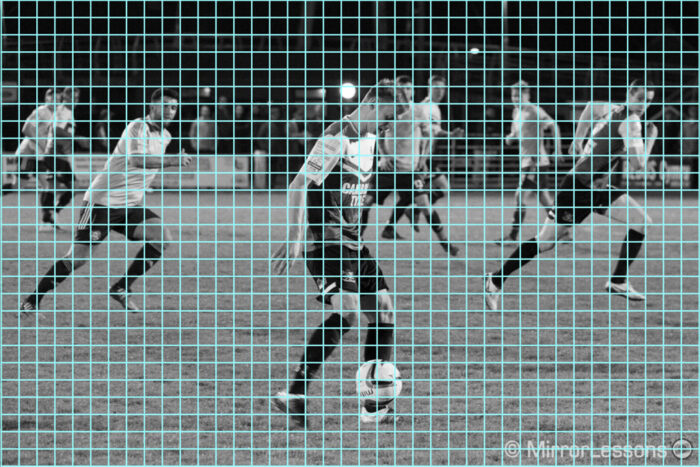
The R5 has a fast focus acquisition speed of 0.05s which is supposed to be the world’s fastest amongst full frame cameras. Sony hasn’t shared this information for the A7R III.
They do share the minimum sensitivity however, which is -3Ev with an f/2 aperture. The Canon has more to offer with -6Ev at f/1.2, which equals to -4.5Ev at f/2.
Both cameras offer face and eye detection. This works well on the Sony (especially Eye AF), and the performance on the EOS R5 looks promising thanks to a new algorithm.
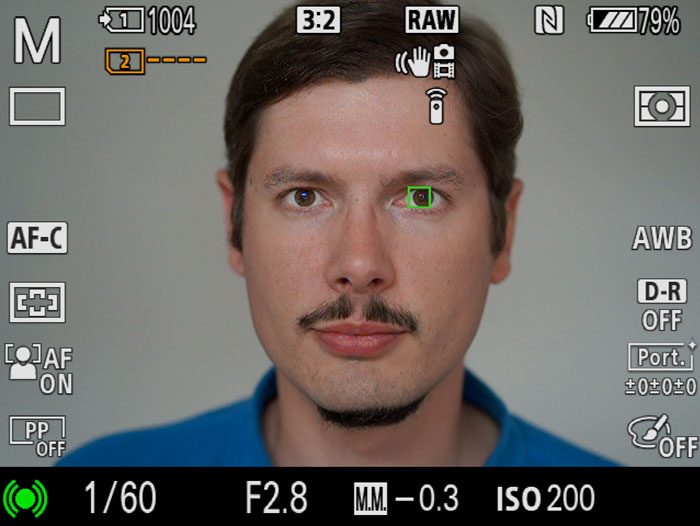
The Sony Eye AF works for animals too, and can detect many different species but not birds at the moment. The R5 includes deep learning technology and can detect the body, face or eye of different animals including birds in flight.
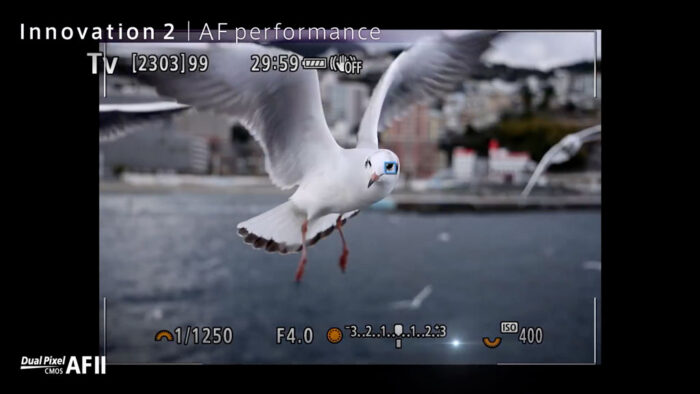
The two cameras can take advantage of some of their technology to enable extra features that can have an impact on image quality, or improve the user experience.
The Dual Pixel CMOS AF II system gives the R5 a few interesting functions. There is Focus Guide which is my favourite manual focus assist. It shows you where the correct focus distance is by changing the rectangle colour to green. It is really simple and efficient to use.
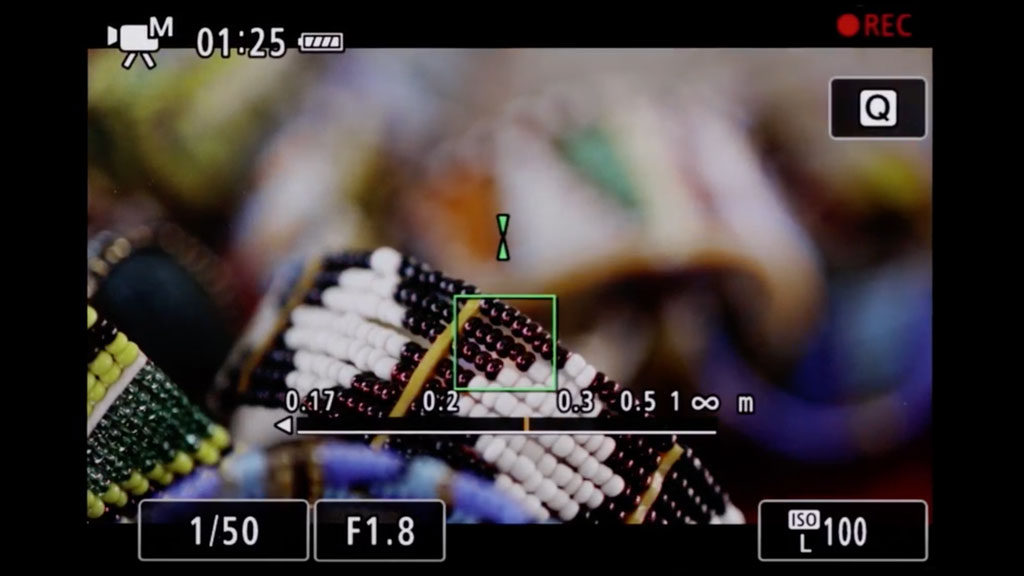
Another function is called Dual Pixel RAW. The camera records a special RAW file that saves extra information taken from the phase detection system. When you are working at your computer, you can change things such as the focus point, bokeh, background clarity or even the light on a person’s face (Canon software needed). We tried an older version of this on the EOS R but the adjustments were too insignificant to make a difference. However the R5 has an updated version so I’m curious to see the improvements it brings.
3. Sensor stabilisation
The wait is over for Canon users: they can now take advantage of in-body image stabilisation thanks to the EOS R5 (and R6). Canon claims a record 8 stops of compensation when using the sensor alone, or when combining IBIS with optical stabilisation. Note however that some lenses have a lower rating (you can check the full list in our R5 vs R6 article).

This means that you can technically take a photo with a slower shutter speed corresponding to 8 stops slower than what you would normally use. For example, if we consider 1/50s safe for a 50mm lens, you should get a sharp shot at 5 seconds!
Now of course official ratings are one thing, real world performance is another. Early reports suggest that it is possible to take pictures hand-held with the EOS R5 at 1 or 2 seconds, which is already better than most full frame cameras. Someone even mentioned 4 seconds. To put all this in context, the best full frame camera I tested regarding stabilisation is the Panasonic S1R. It gave me a similar performance despite a lower rating of 6.5 stops (my record is 4s hand-held). I’m curious to see what I’ll be able to achieve with the EOS R5.
The A7R III comes with 5-axis stabilisation but has a lower rating of 5.5 stops. It too can combine sensor and optical stabilisation (3 axes on the sensor + 2 on the lens just like the R5).
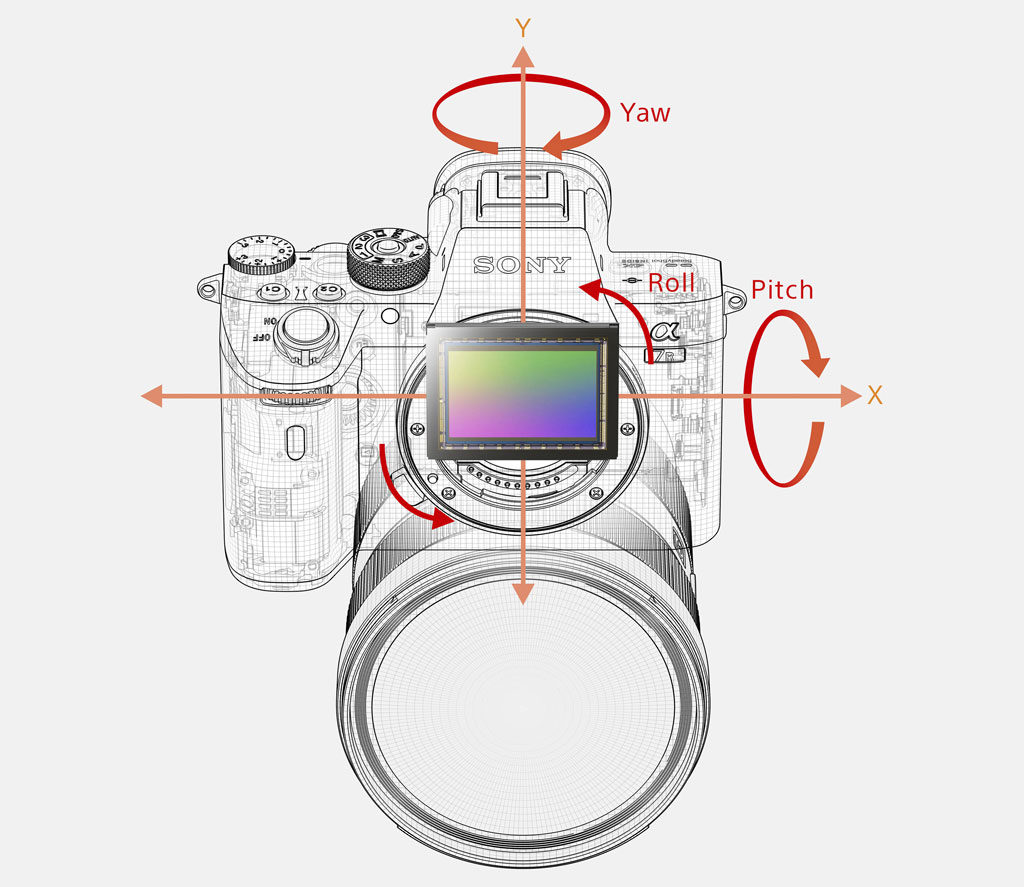
One thing is for sure, the Sony stabilisation is not the best in the market. If you want to have a good keeper rate, you had better stay above 1/10s, although half a second is not impossible.
Stabilisation works for video too, but on the R5 you have an additional setting called Digital IS that crops the field of view but further enhances the stabilisation. You can choose between the normal and enhanced modes.
While the Canon takes advantage of its autofocus system to bring extra features, the Sony uses its stabilisation mechanism to give you more colour resolution with the Pixel Shift Multi Shooting mode.
The A7R III takes four consecutive images while moving the sensor by one pixel between each shot. This way, you’re capturing each point in your photo with at least is one Red, Green and Blue pixel rather than just one of the three. Here as well you need your computer and a software to merge the shots. Once you do, you get a final image that is still 42MP but has more colour resolution. Any trace of moiré would also disappear.

4. Continuous Shooting
Despite the high megapixel count, the two cameras have good continuous shooting capabilities.
The EOS R5 in particular impresses with a maximum speed of 12fps with the mechanical shutter, or 20fps with the electronic shutter.
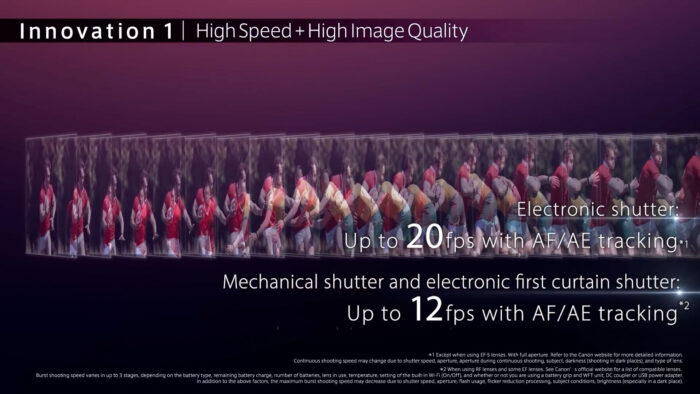
The A7R III has a maximum burst of 10fps with the mechanical and electronic shutters.
Concerning the buffer memory, the EOS R5 can take 180 RAW files or 340 JPG files at full speed of 12fps. The A7R III can record 76 RAW or JPG files by comparison.
5. Movie mode
Canon started to test the launch of the EOS R5 back in February and made the headlines by saying it would be the world’s first to record 8K video. Six months later, the full specs are out and it seems that the brand kept its promise.
The EOS R5 can record 8K video internally up to 30fps and 1300Mbps, as well as 8K RAW DCI video internally up to 2600Mbps and the same frame rate. These are certainly impressive specs but they don’t stop here. In 4K, the frame rate goes up to 60p in normal mode or 120p with the High Speed mode.
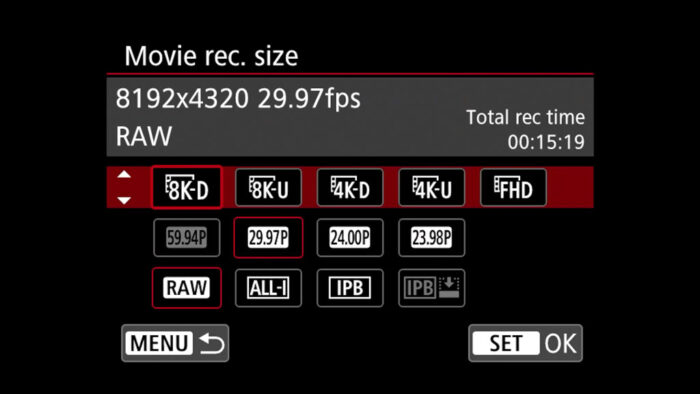
By comparison, the A7R III video specs appear much more modest with 4K up to 30p and 100Mbps. But let’s not forget that the Sony is more than two years old.
The R5 sounds great, but one concern that has emerged on the web in the days following the Canon announcement is overheating. EOSHD found official information from a Canon document that says the camera can record for a maximum of 20 minutes in 8K before shutting down to cool.
Now that in and of itself is not the major drawback, because 20 minutes doesn’t sound so bad if you look at the compact size of the camera and consider that it has no internal cooling fan. However after you’ve let the camera cool down, the subsequent recording time decreases (for example if you turn off the camera for 10 minutes, you can then record for 3 minutes). That is definitely more concerning because it can slow down a shoot to the point of ruining it unless you have all the time in the world.
Even more worrying is the fact that some 4K modes might also have a similar issue. Up to 30p, the R5 can record with oversampling (full pixel readout) meaning it uses the 8K data and downscales to 4K which should produce footage with very crisp details. However by processing 8K data, you have the same problem described above.
I don’t want to condemn the R5 for this yet, not before I can try it for myself and see what you can really do with it. However it is fair to say that if you are interested in it mainly for the video capabilities, perhaps it would be best to wait for independent reviews to see how it really performs.
Update: Canon has released a statement about the EOS R5 and overheating, which confirms what written above. The statement also mentions that there is an “overheat control” function to reduce unnecessary generation of heat when the camera is in standby.
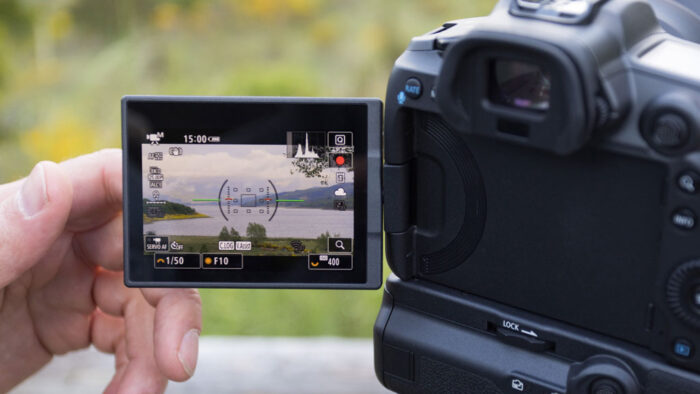
The A7R III can record using the entire width of the sensor (full frame mode) but it does so with pixel binning, so not all the pixels are used which reduces sharpness a little. The higher quality is in APS-C/Super35 mode (1.5x crop). The camera can record up to 30 minute per clip.
In Full HD, the R5 goes up to 60fps whereas the Sony can go up to 120fps. (I’m surprised that the R5 doesn’t have higher frame rates given what it can do in 4K and 8K, but a potential firmware update could change that.)
Both cameras offer Log and HDR profiles to record more dynamic range, but only the R5 can record 10-bit 4:2:2 internally or externally. The Sony is limited to 8-bit 4:2:0 on the SD card, or 8-bit 4:2:2 via HDMI. And of course the R5 can record RAW video too which is in 12-bit, but only available in 8K. I hope that a firmware will enable RAW for smaller resolutions.
Concerning the ISO range, the EOS R5 goes up to 25600 ISO (one stop less than stills) and has a High level of 51200. The A7R III goes up to 32000 as for photos but lacks the extended values.
Finally, both cameras have audio input and output (3.5mm mini jack type).
6. Design
The EOS R5 is larger and heavier than the A7R III. The front and the materials are magnesium alloy for the internal chassis and the exterior. Canon says that it has the same build quality as the 5D mark IV DSLR.
- EOS R5: 138 x 97.5 x 88.0mm, 738g
- A7R III: 126.9 x 95.6 x 73.7mm, 657g
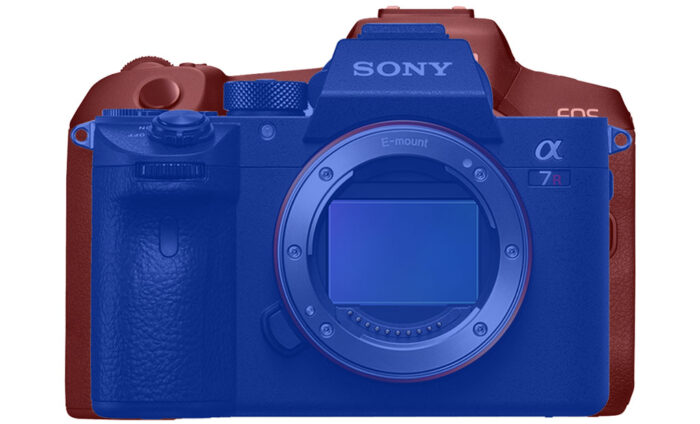
The Sony has a magnesium alloy chassis inside. Both cameras are weather sealed, although that of the A7R III has often been criticised for not being of the highest standard. (Personally I’ve never encountered any problems though.)
The Canon has a visibly larger front grip. Its design is very similar to the EOS R that we tested, and I have to say I like the Canon ergonomics best overall in comparison to the Sony (more comfortable to hold, especially with larger lenses).
I also like the Canon button layout and general ease of use, but it’s fair to say that both cameras have plenty of customisation available, lots of buttons and dials, as well as an AF Joystick. The A7R III also has an exposure compensation dial that can be quite handy to have at your fingertips.
How you select the various shooting modes is also different. The A7R model has the classic dial on top, whereas on the R5 you press the M button and the use one of the dials (or the touch screen).
Both cameras have two memory card slots. The R5 has one that takes CF express and one that takes SD UHS-II cards. On the A7R III, they are both SD cards and one slot is UHS-II.
7. Viewfinder and monitors
The EOS R5 has an electronic viewfinder with 5.76M dots, which is higher than the 3.69M dots EVF found on the A7R III. The Sony has a larger magnification however (0.78x vs 0.76x) and both share the same maximum refresh rate of 120Hz.
On the rear, both products include a LCD monitor with touch sensitivity. The one on the Canon has more resolution (2.10M vs 0.9M dots), a multi-angle mechanism versus a tilting mechanism, and a more complete touch experience that includes moving the focus point and changing settings in the menu. (On the Sony you only move the focus point or activate magnification.)
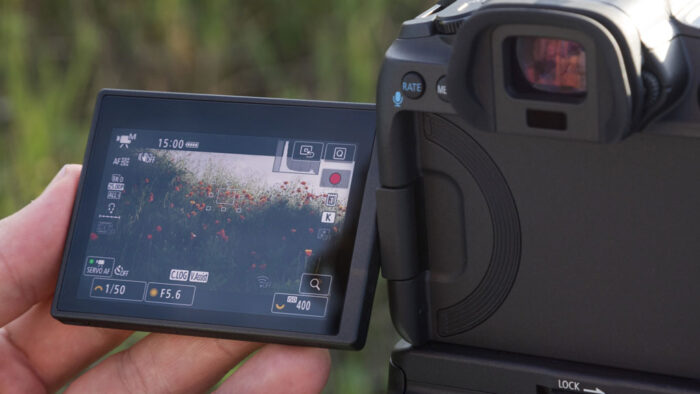
Finally, the EOS R5 has a small monochrome LCD on top that displays various settings that you can check at a glance.
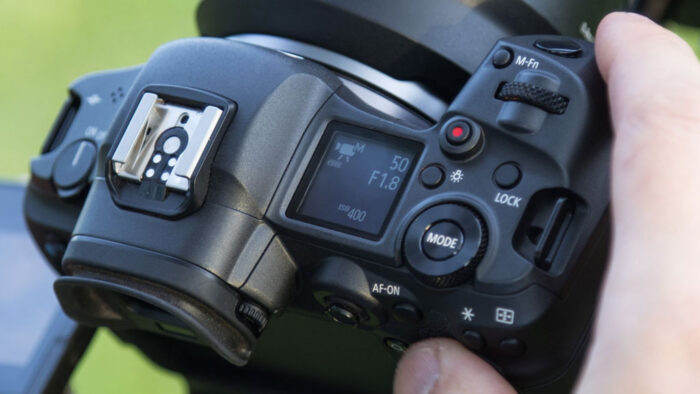
8. Battery life
The EOS R5 uses an updated battery (same form factor as the EOS R but 14% more efficient) and has an official CIPA rating of 320 frames (EVF) or 490 frames (LCD).
The A7R III on the other hand can do 530 shots (viewfinder) or 650 shots (LCD).
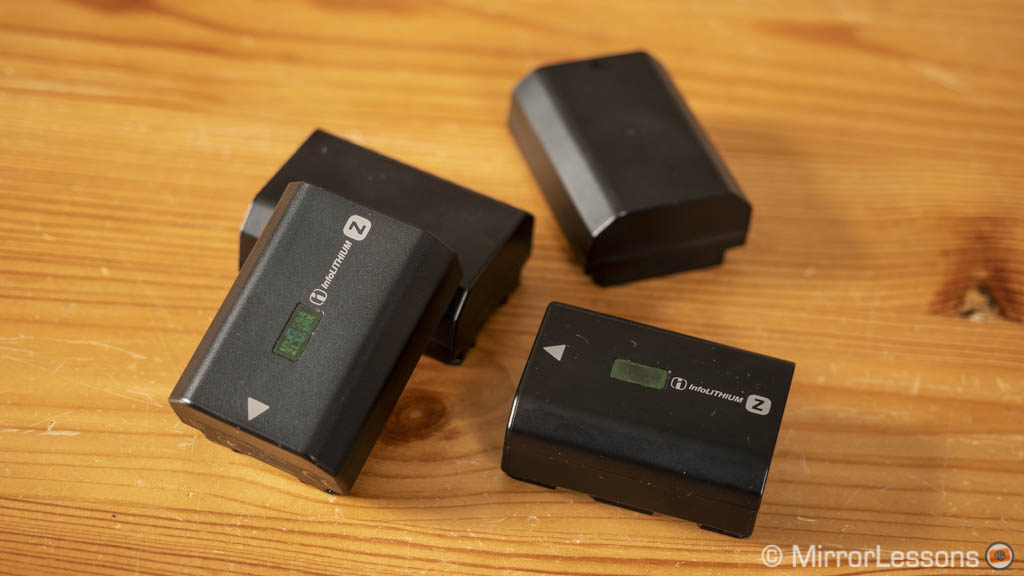
As always, in real world usage you’ll get higher numbers than this. For example I easily pushed the A7R III to more than 2000 frames with some battery juice to spare.
Both cameras can be charged via USB (keep in mind that you need a high current charger for the Canon) and both companies sell an official battery grip for each.
9. Wireless connectivity
The EOS R5 has wifi capabilities that work on the faster 5.0GHz band. Furthermore, a special battery grip named R10-A includes 5 GHz 802.11ac support to enhance the signal. It also has an Ethernet port.
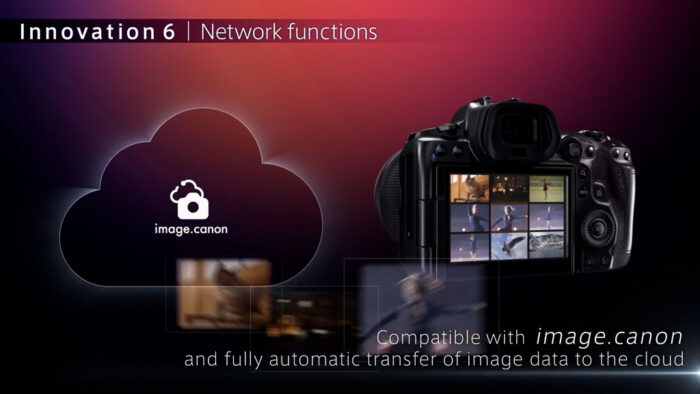
The A7R III works on a 2.4GHz band so transfer is slower, but it is pretty similar to the EOS R5 in terms of what you can do with it: you can transfer images to a mobile device or connect to an FTP server. (Tethering however works over USB only).
Various sources have also mentioned the possibility of connecting to various cloud services such as Dropbox directly from the R5, but there isn’t a lot of information about this yet.
Bluetooth is also available on both cameras.
10. Price and Lenses
The EOS R5 was launched with a retail price of $3900, €4700 or £4200 (body only).
The A7R III, being older, can be found for significantly less: $2800, €2450 or £2500.
Note: prices are as of July 2020. US prices exclude tax.
As always, when comparing cameras of two different systems, we need to talk about the lenses.
Canon launched its RF full frame system two years ago and has released some very interesting lenses like the 28-70mm f2, and the fantastic 50mm and 85mm 1.2 primes. There are also the three must-have 2.8 zooms (15-36mm, 24-70mm and 70-200mm), new long telephoto lenses (including two curious 600mm and 800 f/11) and some all purpose zooms. There aren’t a lot of affordable lenses for now, nor much support from third party brands yet when it comes to native lenses.
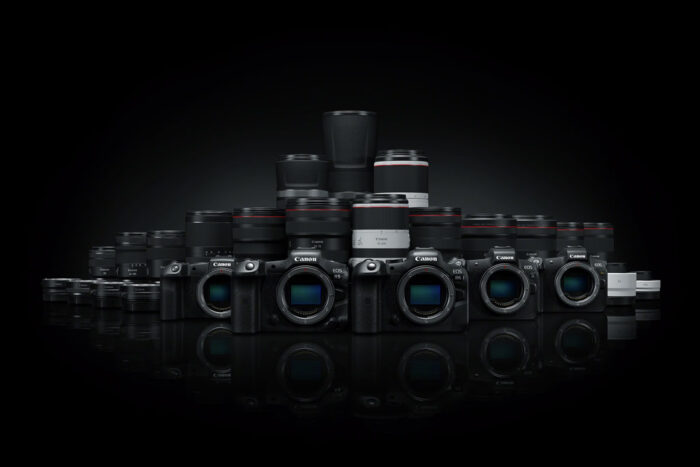
The Sony E-mount system has been around for longer and there is now a vast selection of native lenses (more than 30). Other manufacturers such as Zeiss, Sigma, Tamron and Samyang are releasing more and more products so there is a solution for every budget and need.
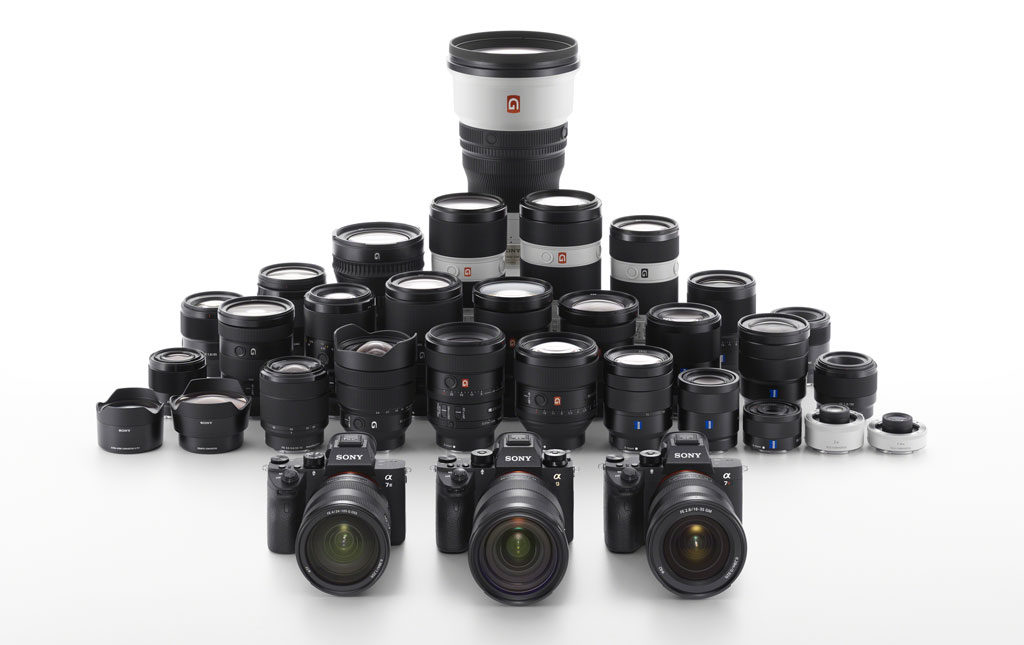
Of course with Canon I could mention the ever-so-vast DSLR catalogue which consists of many EF lenses that you can use on the R5 with an adapter, but keep in mind that the same can be done with the A7R III too.
One difference between the two systems is the APS-C and full frame cross compatibility: Sony uses the same E-mount for the A6xxx series and A7/A9 series whereas Canon chose to build a new mount for the full frame system rather than using the one from its EOS M lineup.
Conclusion
The Canon EOS R5 has all the specifications one could possibly ask for in a body that is comfortable and easy to use. For still photos, it has the potential to become a leader: not just the new sensor, but the autofocus and impressive 8 stops of stabilisation look very promising on paper. The video specifications are also impressive, but we really need to wait for independent reviews (and hopefully ours as well) to see how well the camera manages overheating.
The A7R III has the advantage of a lower price, a plethora of lenses to choose from, and a fantastic sensor that the EOS R5 may not easily beat (but we need a proper side-by-side test to be the judge of that).
Reminder: the links below are affiliate links. If you decided to buy something after clicking the link, we will receive a small commission.
Check price of the Canon EOS R5 on
B&H Photo
Check the price of the Sony A7R III on:
Amazon | Amazon UK | B&H Photo | eBay
Canon EOS R5 and EOS R6 coverage:
EOS R5 vs EOS R6 – EOS R vs EOS R5 – EOS R vs EOS R6
EOS R6 vs A7 III – EOS R5 vs A7R III – EOS R5 vs A7R IV

